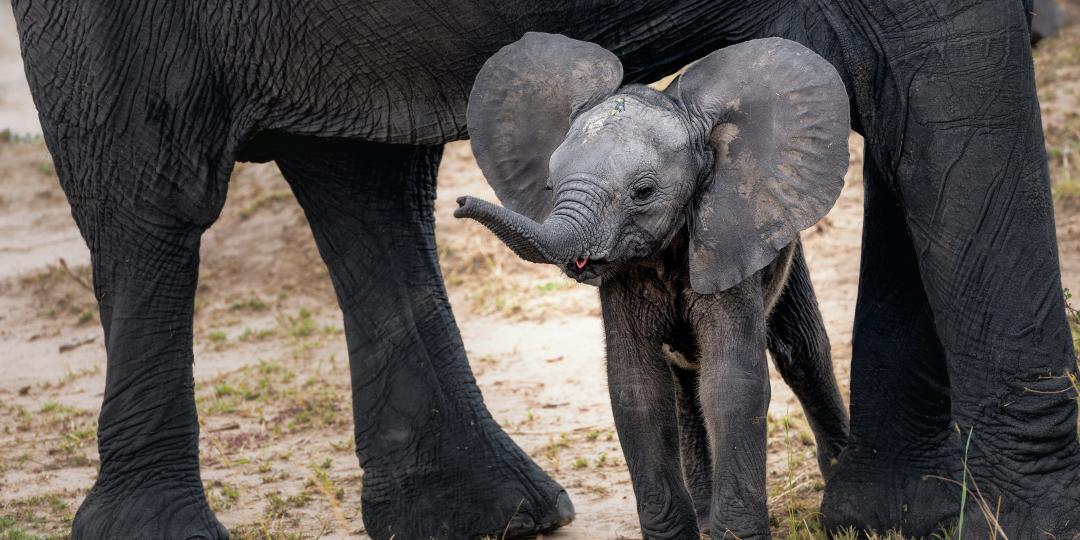Thanks to concerted conservation measures, elephant populations in Tanzania are recovering strongly from a sharp spike in poaching that resulted in a 60% plunge in numbers over a period of five years.
Ivory poaching saw populations of the iconic mammals, which are a major drawcard for safari-goers from around the world, dropping from an estimated 109 000 in 2009 to 43 300 in 2014.
With enhanced law enforcement, and counter-poaching and community programmes led by the Tanzanian Ministry of Natural Resources and Tourism, estimated numbers are now more than 60 000.
“The Tanzanian elephant population was dwindling so fast that if it was not checked these magnificent giants could have gone extinct. Thankfully, there have been concerted efforts to stem the tide and, as a result, in the last few years the cases of poaching have seriously reduced,” says Christine Macharia from tour operator, Sense of Africa, which offers safaris across Tanzania.
A census conducted by the Tanzania Wildlife Research Institute in October counted a total of 20 000 elephants in the Katavi-Rukwa and Ruaha-Rungwa regions in south-western Tanzania, which are home to some of the largest populations in Africa.
Essential for tourism
“The value of a big elephant population translates directly to a greater number of tourists, which in turn leads to higher revenues for all the tourism stakeholders. It also has a ripple effect on employment for locals in the sector, not forgetting that tourism is one of the biggest GDP earners for the country,” says Macharia.
The 10% GDP contribution of the tourism sector to Tanzania’s economy is driven in large part by wildlife tourism, particularly to destinations such as the Serengeti National Park and the Ngorongoro Conservation Area in the country’s popular northern circuit.
Macharia stresses the importance of diversifying the wildlife tourism economy to include other destinations such as the Ruaha and Selous National Parks, which fall within the areas where the recent elephant census took place.
“It is extremely important to diversify the attractions, and Tanzania has all the natural beauty and wildlife to make this possible. A huge number of visitors to the northern circuit would have a negative impact on the natural habitat and ecosystem. To open up other destinations would help to ease the pressure on the existing attractions,” says Macharia.























